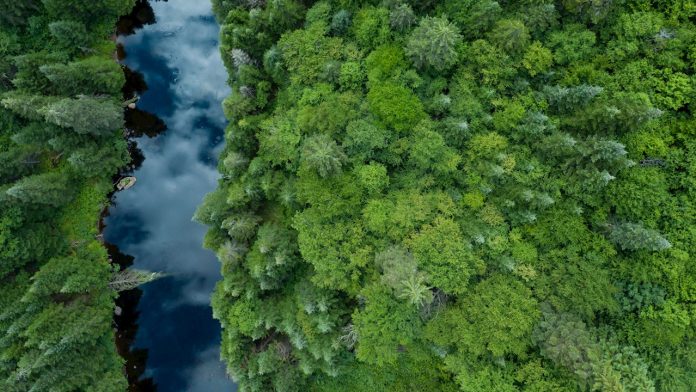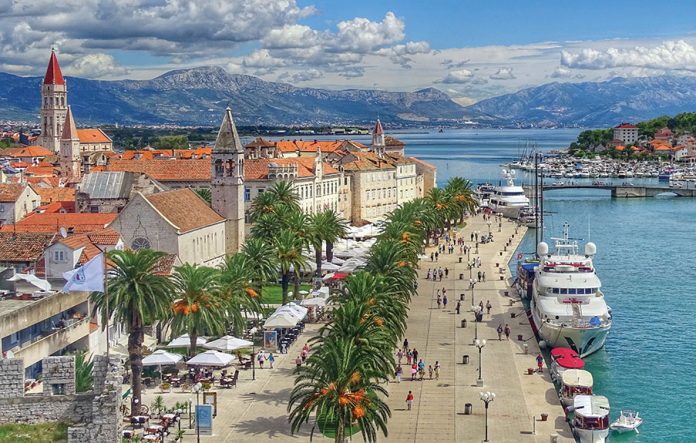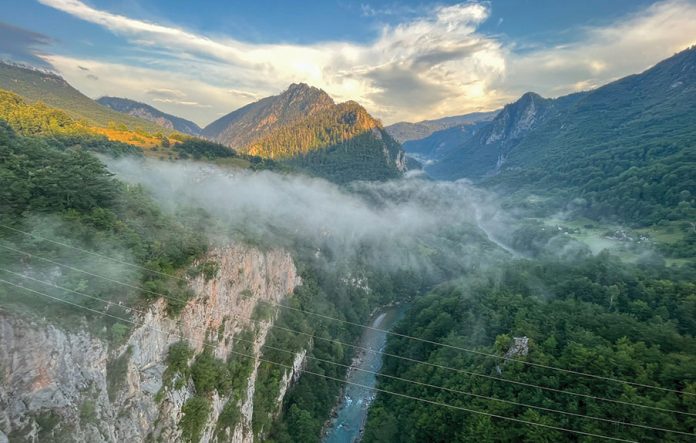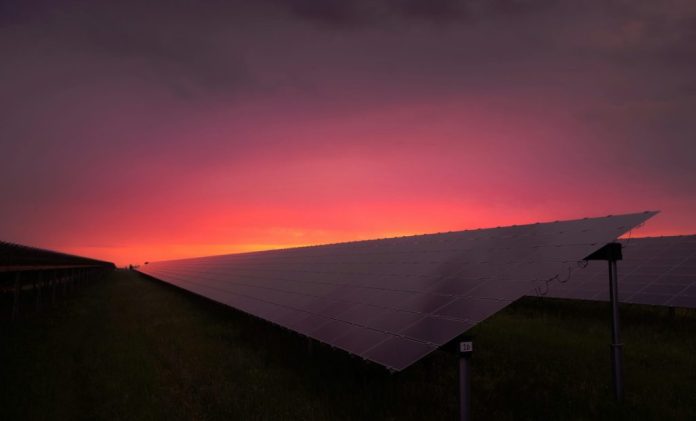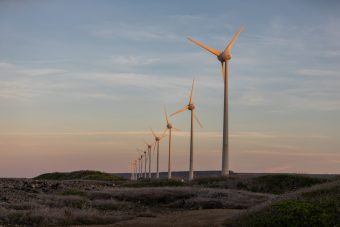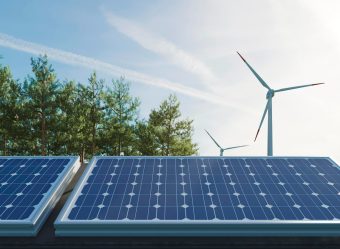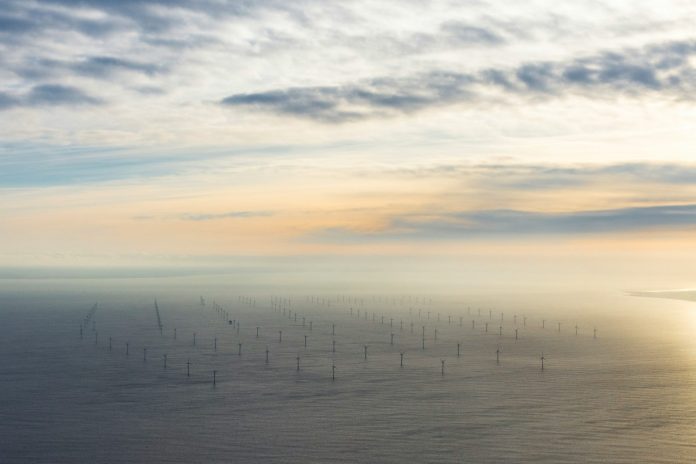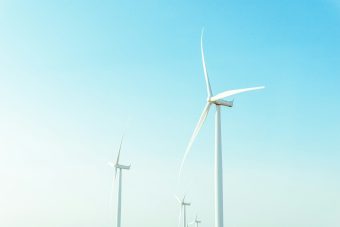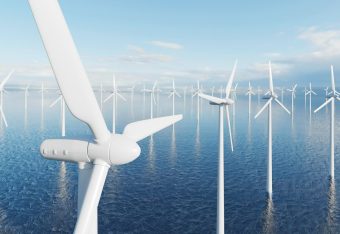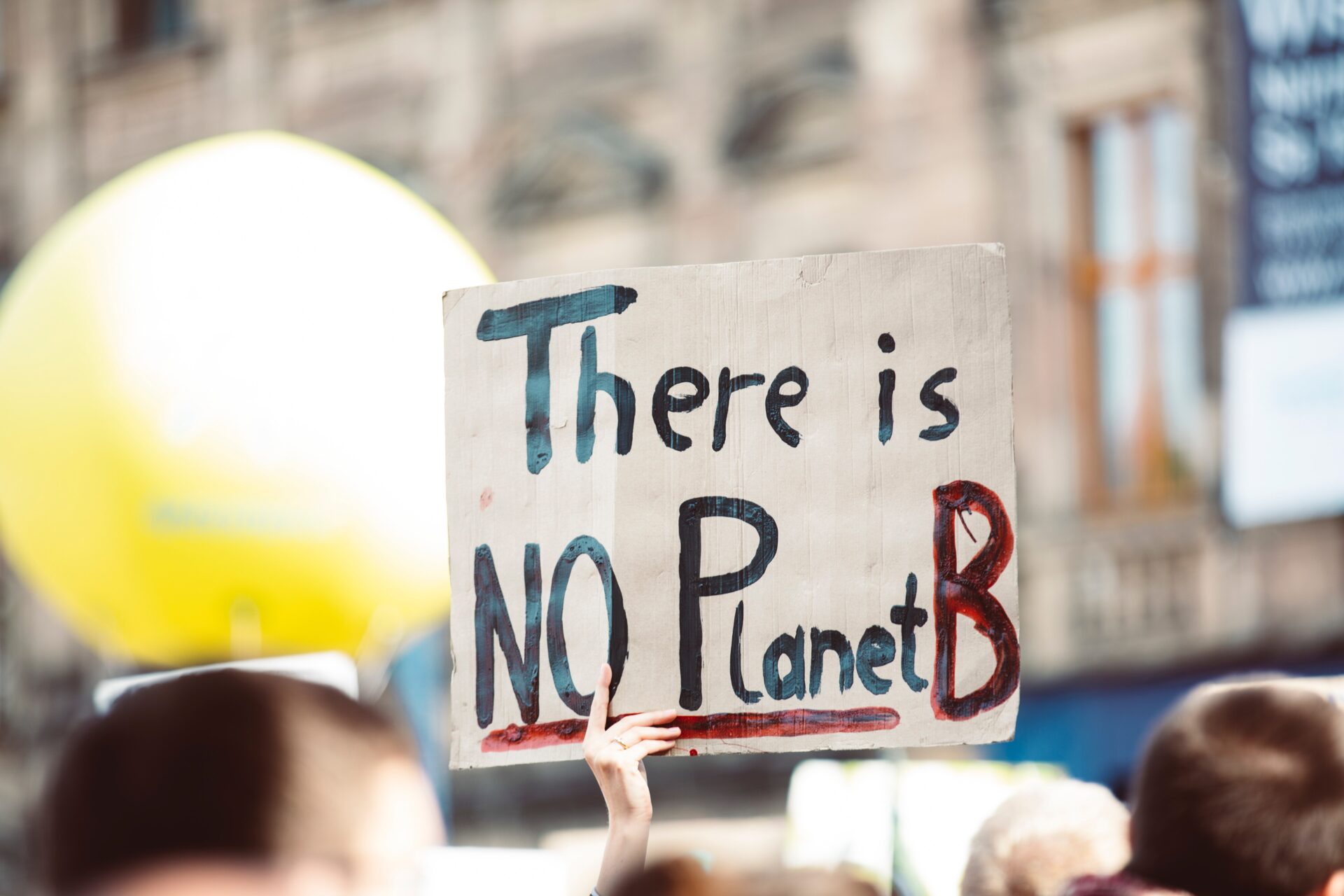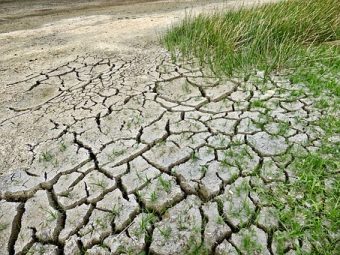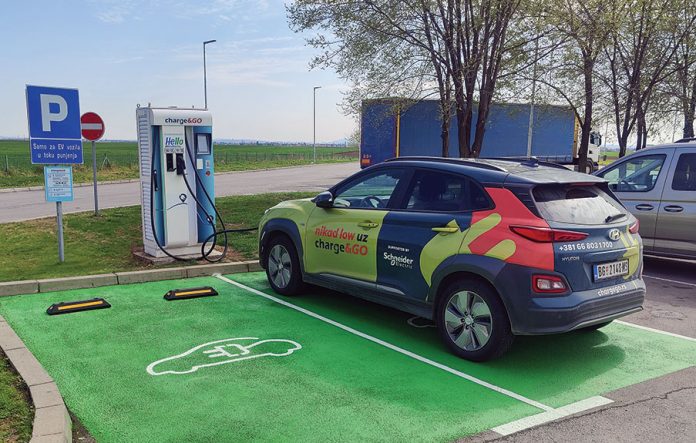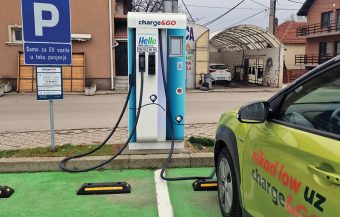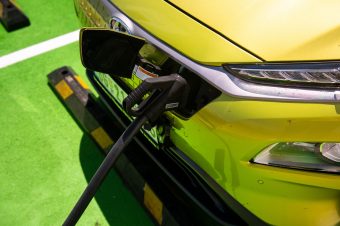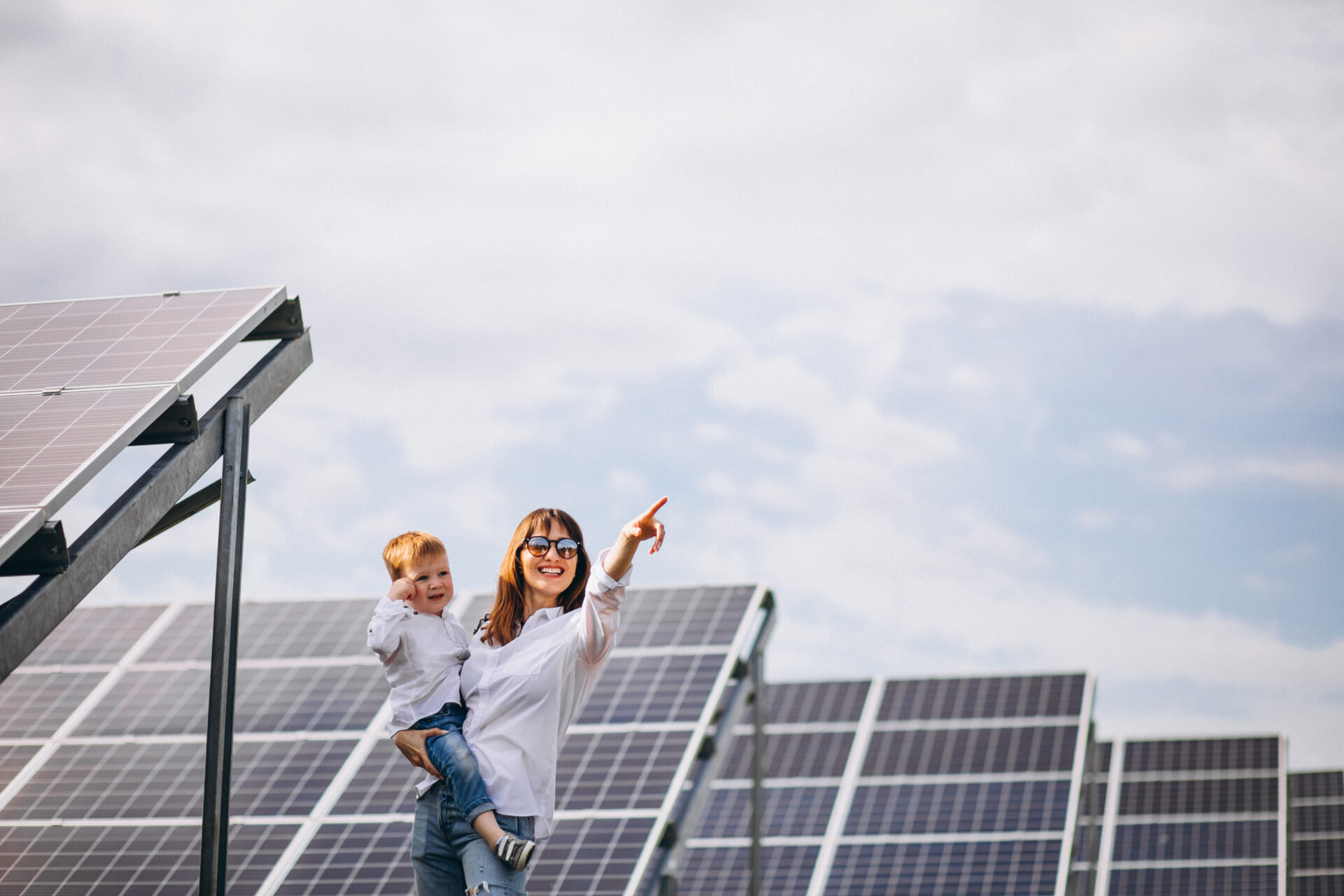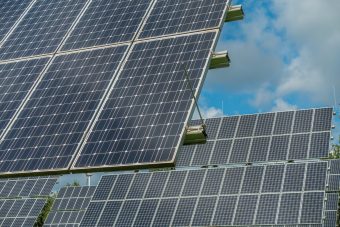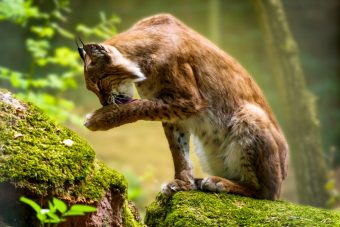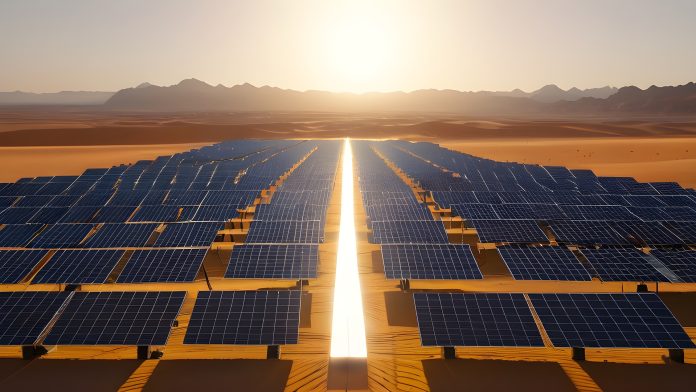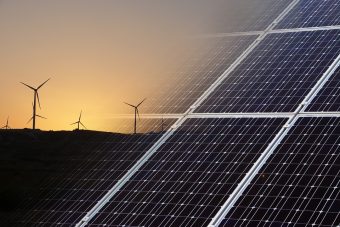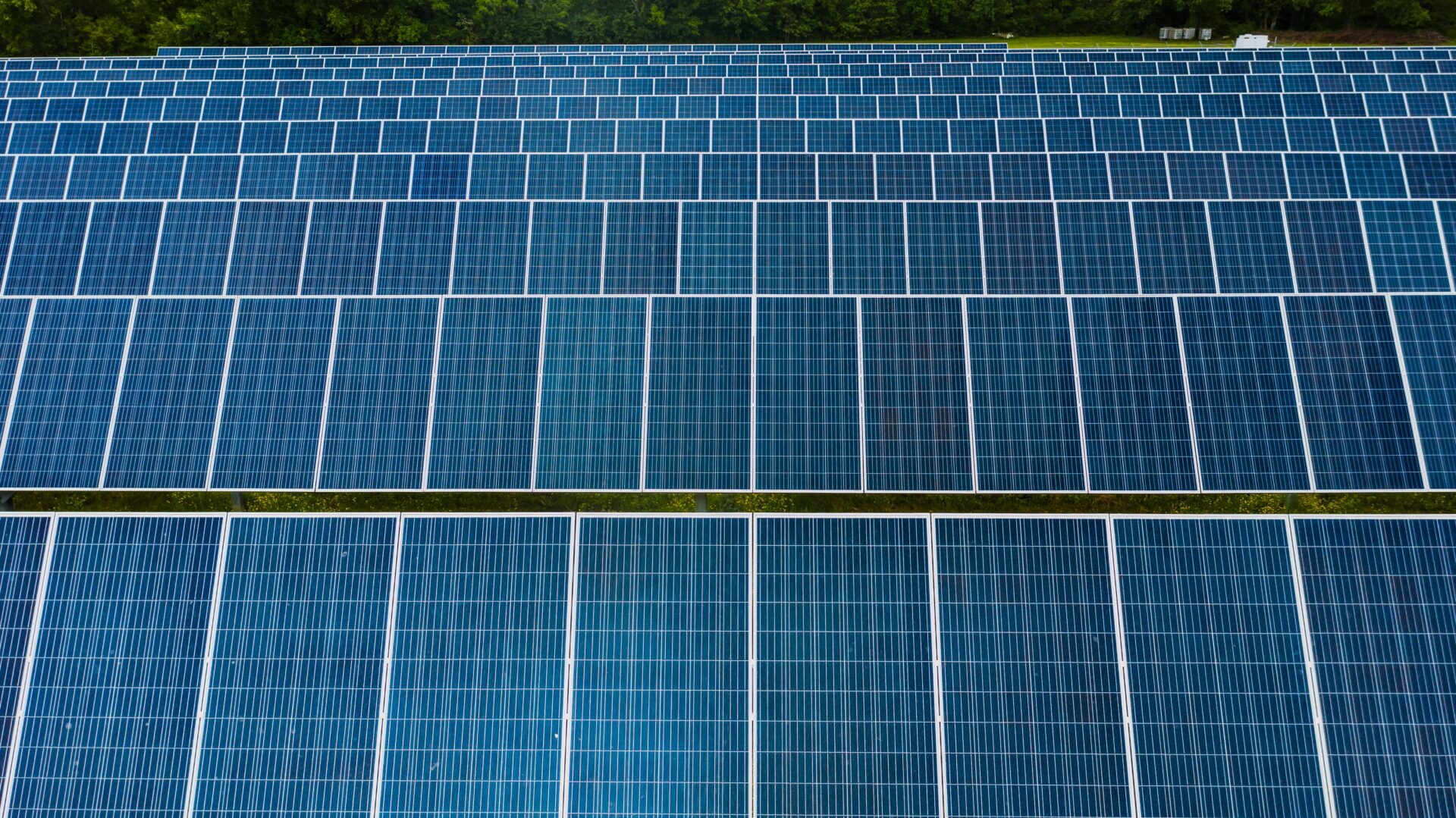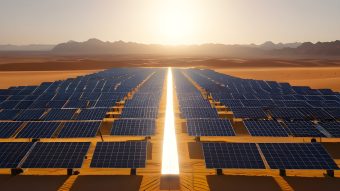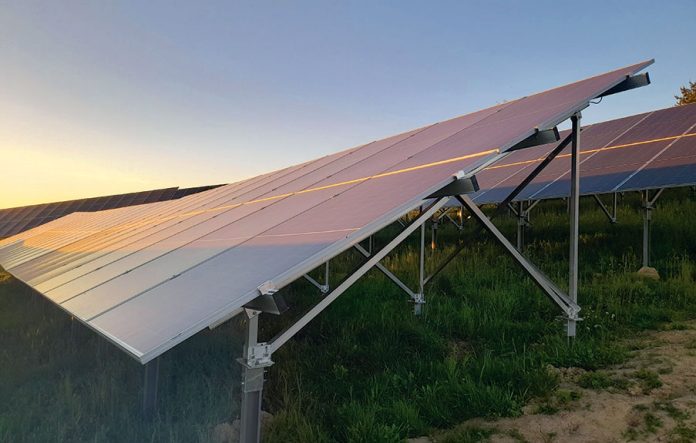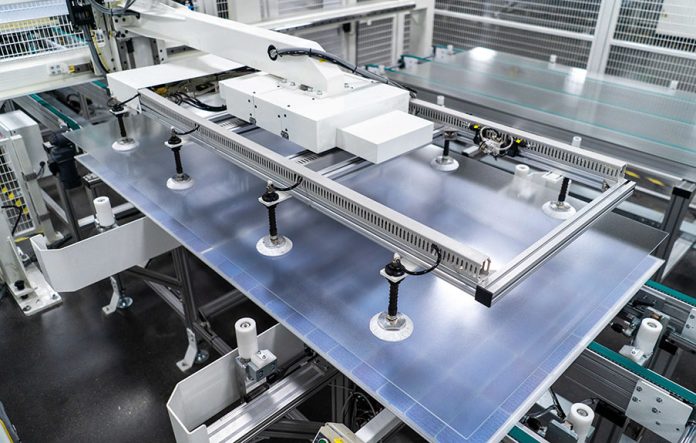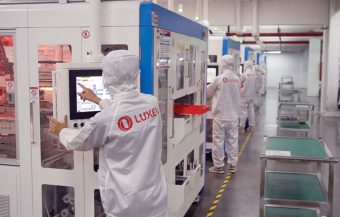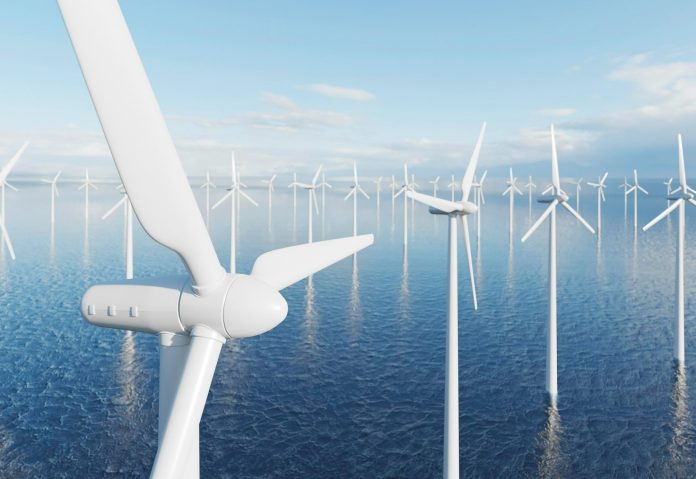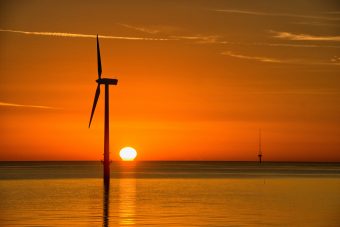
ABB welcomes the approval of its emissions reduction targets by the Science Based Targets initiative (SBTi). As part of the company’s efforts to enable a low-carbon society ABB submitted updated scope 1, 2 and 3 targets for 2030 and 2050 to the SBTi. The approval of ABB’s science-based targets by the SBTi confirms ABB’s approach as science-based in accordance with the Paris Agreement.
The SBTi approved the following ABB targets:
Near term targets
- Reduce absolute Scope 1 & 2 CO2e emissions 80 percent by 2030 versus a 2019 baseline
- Reduce absolute Scope 3 emissions 25 percent by 2030 from a 2022 baseline
Long term targets
- Reduce Scope 1 & 2 CO2e emissions 100 percent by 2050 versus a 2019 baseline
- Reduce absolute Scope 3 emissions 90 percent by 2050 from a 2022 baseline
- Reach net-zero greenhouse gas emissions across the value chain by 2050
More:
- ABB INVESTING 35 MILLION DOLLARS IN NEW U.K. EARTHING AND LIGHTNING PROTECTION FACTORY
- ABB LAUNCHES NEXT-GENERATION ROBOTICS CONTROL PLATFORM OMNICORE
- SMART LIVING ABB-STYLE
Anke Hampel, Group Head of Sustainability at ABB, said: “As a technology leader in electrification and automation, ABB is at the core of accelerating the energy transition. We are committed to reduce our scope 1 and 2 emissions by 80 percent by 2030 and 100 percent by 2050 and have already achieved a 76 percent reduction versus our 2019 baseline. With our new Scope 3 targets we will increase our engagement with our value chain partners on decarbonization whilst providing products and solutions to our customers to enable them to scale-up renewables, increase energy efficiency, electrify processes and reduce emissions. The validation of our updated targets by the Science-Based Targets initiative demonstrates that our ambitions and methodology align with the latest climate science.”
To discover more about the company’s strategy and sustainability performance ABB’s 2023 Integrated and Sustainability reports can be accessed and downloaded here: go.abb/reports
The SBTi Net-Zero Standard is the world’s only framework for corporate net-zero target setting in line with climate science. It provides the guidance and tools companies need to set science-based net-zero targets.
Source: ABB


